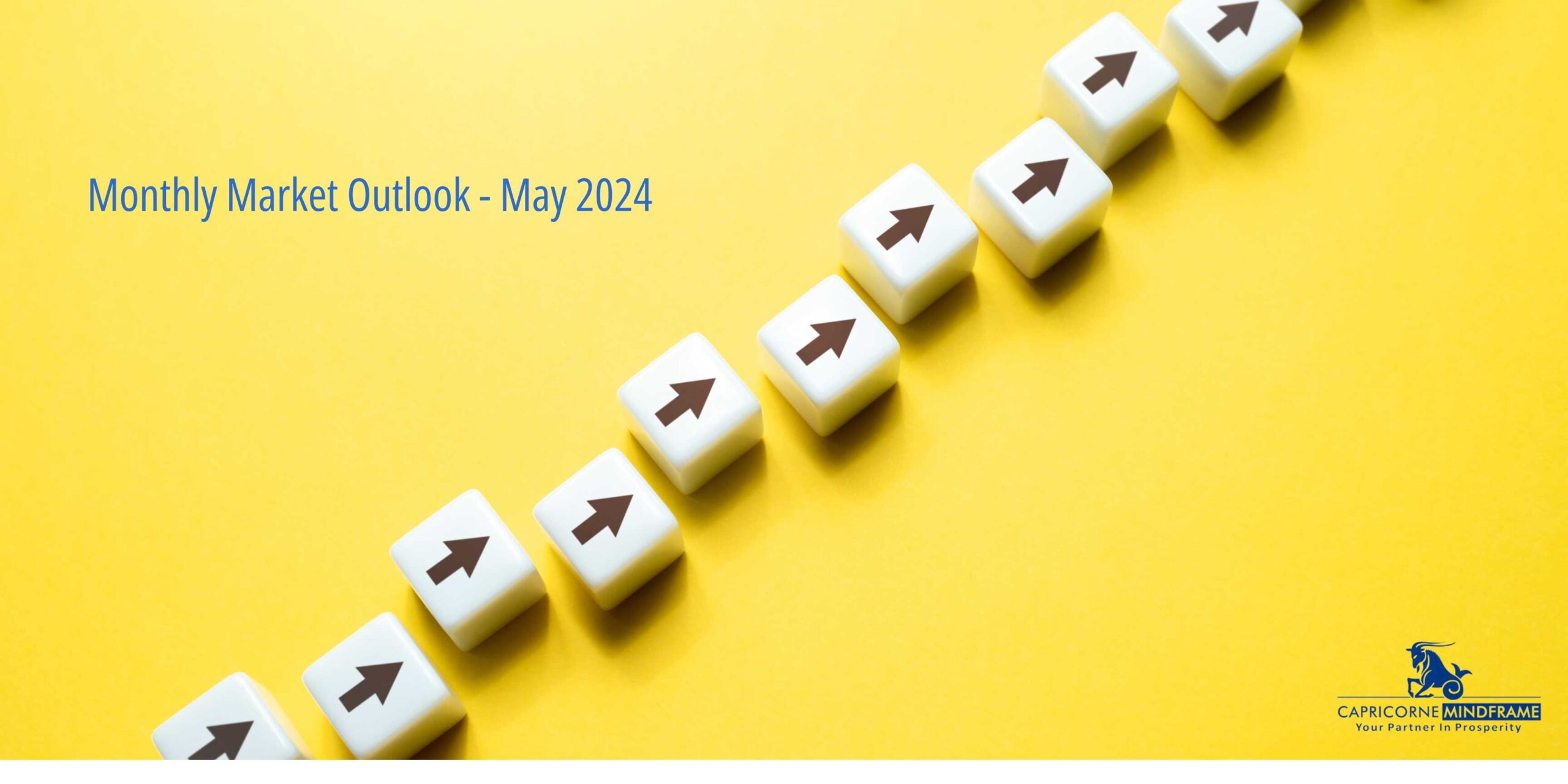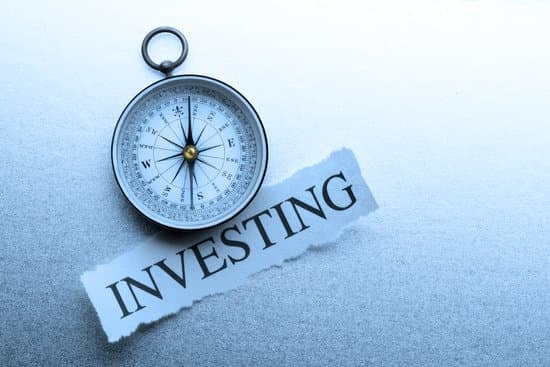
The Federal Reserve hit the pause button for a second time in a row, by keeping Interest rates unchanged. Jerome Powell however, didn’t rule out future rate hikes. Also consider this – the Fed has, over the past 16 months, raised rates by about 5%. An aggressive rate hike of this magnitude has not been witnessed since the 1900 and this has brought about a significant change in the US economy.
The US Fed adjusts interest rates with two goals in mind – the first being inflation and the second being the rate of employment. Typically, we see the fed raising rates when the economy overheats and cut rates when unemployment rates go up. With the US interest rates being on the uptrend, the impact is being felt across all sections of the society. For instance, US mortgage rates are currently at about 8% and vehicle loan are at 7-8%.
Impact on India:
The Indian economy has remained resilient and has been on a strong and stable growth path, largely driven by the growth in the domestic front. However, US interest rate movements have an impact on the Indian economy, largely owing to our dependence on the US Dollar.
Fed’s interest rate moves largely influence the flow of foreign money into the Indian capital markets. Whenever Fed raises it interest rates, it leads to a narrowing of rates between the US and the Indian economy, thus making India less attractive from a currency trade perspective. As a result, we also tend to witness a FII sell off in the markets. A depreciating rupee will also put pressure on inflation due to higher import costs, effectively impacting our current account deficit.
A lower interest rate on the other hand allows people an increased purchasing power. Essentially, enabling people to take more loans, buy more assets and spend higher amounts on consumption of goods, services and leisure activities. This leads to an overall increase in the supply of money in the economy and promotes growth. A lowering of the US interest rates also bodes well for the Indian economy as there a higher flow of foreign investments into the country. However, this can also lead to an inflationary trend which the central bank controls by way of raising interest rates.
This instance of a pause hike however, is not likely to have a significant impact on the Indian economy, considering that it’s already been priced in based on the overall market expectations.
Here are some pointers on the impact Fed’s rate pause on the Indian Economy:
- India will not feel the pressure to hike rates, in order to maintain the interest rate differential between the two countries.
- A rate pause would also mean that the import cost differential will remain stable, thus keeping import costs stable.
- A pause in the US rates could actually act as an advantage for India as the economy continues to grow, thus attracting foreign investments into the country.
- The impact of geopolitical headwinds across other emerging economies like China, Russia and Brazil could act as an advantage for India considering that we are turning into the preferred destination for a large number of foreign investors.
Overall, we think that the US rate hike cycle is likely to stop, even though a rate cut might still seem like a fair bit of distance away. The positive impact of this change of stance on the Indian markets will continue, also influenced by the positive micro and macro factors that are supportive of the Indian economy.

















